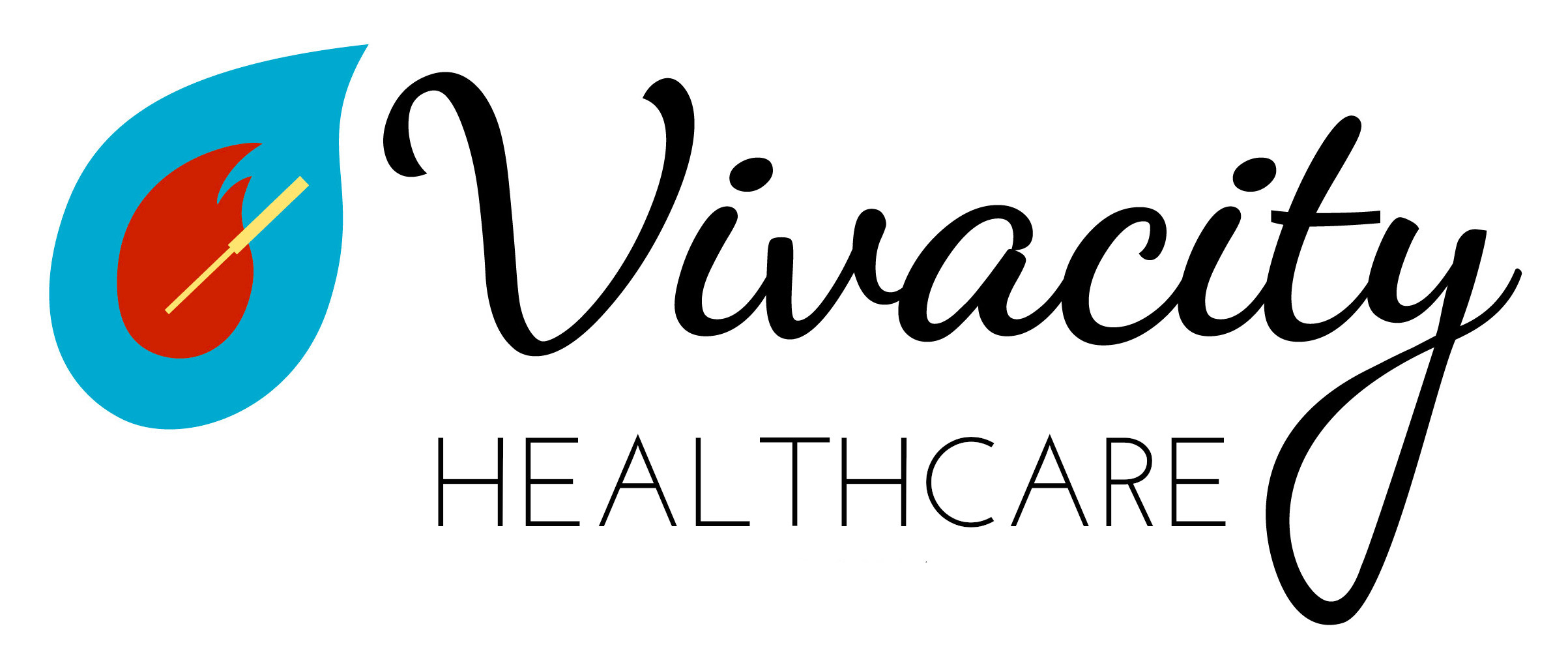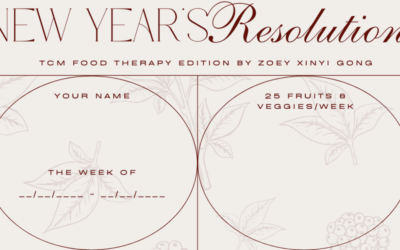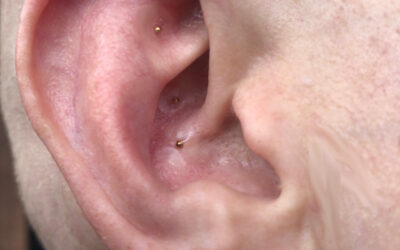Do you have a 2025 New Year’s Resolution?
If so, how is it coming along?
This was the year I finally made the leap to do a 10-day Vipassana meditation course and I had such a great experience I wanted to share about it here.
Why Meditation
My 2018 resolution was to explore meditation (an admittedly vague intention), and I initially had no idea what form it would take. After spending a few months reading about different techniques, I was ready to learn on a more practical level. Having heard about drop-in meditation classes held all over NYC, I searched for options in lower Manhattan near where I work. One of the options that appeared was a private meditation studio located off Broadway, between my Union Square and FiDi offices, on a route I travel frequently. Rather than offering public classes, they offered a 4-day intensive designed so you completed it with your own home practice. I signed up for the course that September, and that is where my resolution fulfillment journey really took off. It started with a consistent practice of twice daily 20-minute meditations using a mantra, or meaningless sounds, to focus my mind. Before I go any further, do you still need to be convinced of the merits of meditation? Well, research has found that meditating an average of 40 minutes a day appears to make parts of the brain thicker [1, 2] and more active [3], including areas associated with attention, introspection, stress management, learning, memory, empathy, perspective, and even compassion!
Integrating with Normal Life and Acupuncture
Probably the most common reason I hear that people who know of the benefits of meditation don’t actually do it is time or capacity. This is precisely why an at-home technique was exactly what I needed as a typical busy New Yorker. I definitely would not be able to be consistent with even a weekly practice, let alone a daily practice, if it required that I travel somewhere to do so. It wasn’t until a few months into meditating that it occurred to me how this 20-minute meditation duration fit seamlessly into how acupuncture is commonly practiced. If you’ve had an acupuncture session, you know that typically your acupuncturist spends some time speaking with you about your condition and how you are feeling, perhaps taking your pulse or feeling for any muscular tension if applicable to the treatment, then placing the acupuncture needles. At this point, we often let the patient rest for 10-30 minutes. The function of this time is to allow the circulation to come to the points, allow the muscle and connective tissue to relax, and also give the mind some time to observe these changes in the body during quiet reflection and mental rest. If you have a meditation practice, this resting period is a perfect time to use it!
Deepening the Practice
Also in 2018, one of my colleagues shared with me about his experience doing a 10-day Buddhist meditation (Vipassana) retreat. Vipassana means to see things as they really are’ and refers to mindfulness meditation. I had heard the experience referred to as quasi ‘psychic surgery,’ and was intrigued by the idea of moving outside of worn-in mental patterns through such an intensive. I added it to my bucket list then and there, but knew that as a new meditator I wasn’t quite ready. Late last year, with 6 years of daily meditation under my belt, I felt the urge bubbling up inside to go ahead schedule it. Luckily, through Vipassana at Home, I was able to do so on short notice and complete the course from the comfort of my own home earlier this month. I’ve already noticed so many benefits and no doubt they will continue to unfold as I continue to practice in a less intensive way. I thought back to the descriptor as ‘surgery’ and I would liken it more to the feeling after a dental cleaning when any obstructive calcifications have been removed and everything feels smooth and polished. Check out Vipassana at Home’s upcoming courses (both their 10-day and 30-day options). I couldn’t be more grateful for the experience I had with them kicking off my 2025.
—
Works Cited
[1] Luders E, Clark K et al. “Enhanced brain connectivity in long-term meditation practitioners.” Neuroimaging. 2011 June 6.
[2] Cromie, William J. “Meditation found to increase brain size.” The Harvard Gazette. February 2, 2006.
[3] Lutz, Antoine et. al. “Long-Term Meditators Self-Induce High-Amplitude Gamma Synchrony During Mental Practice.” Proc Natl Acad Sci U S A. 2004 Nov 16;101(46):16369-73.




